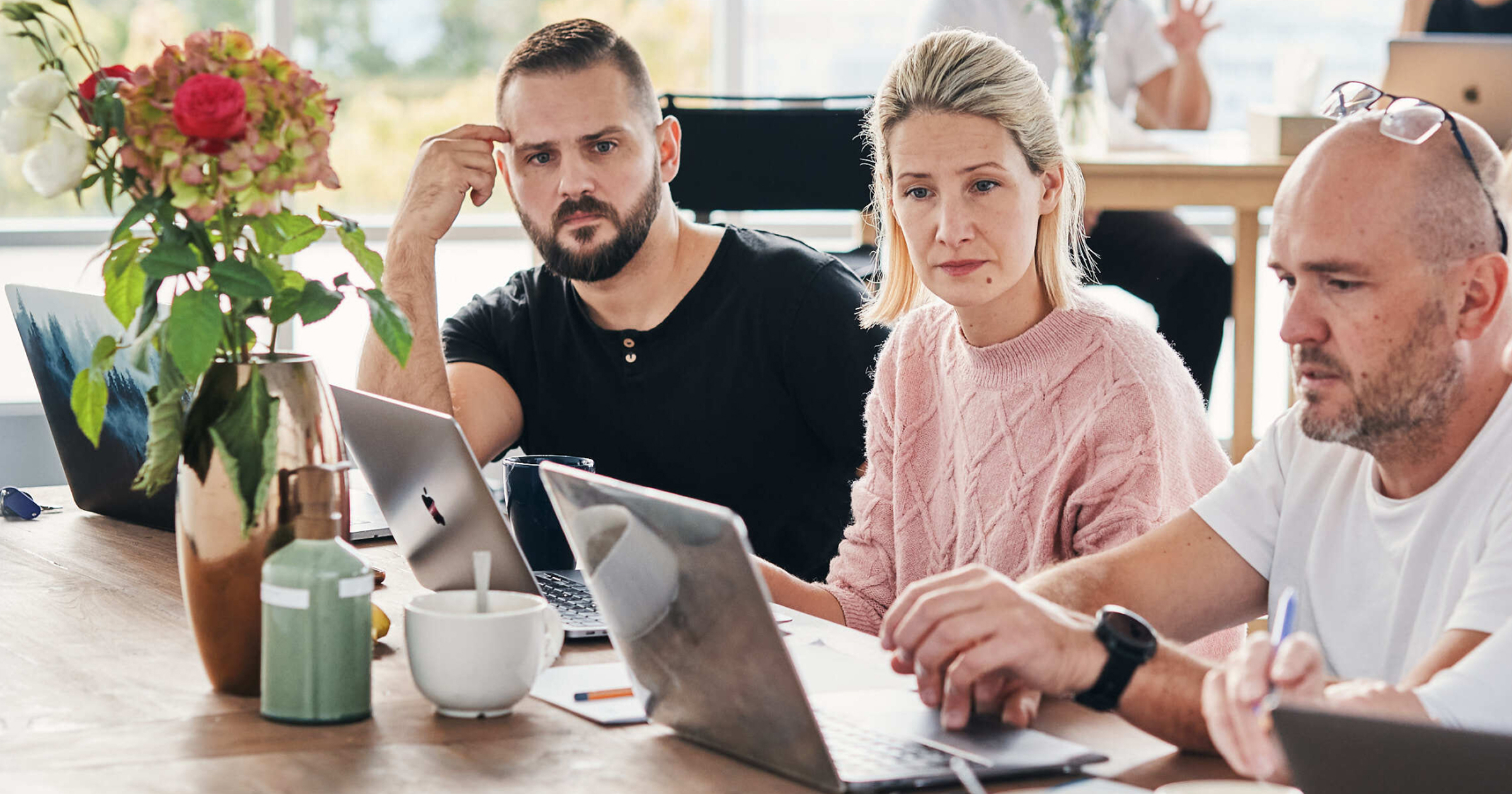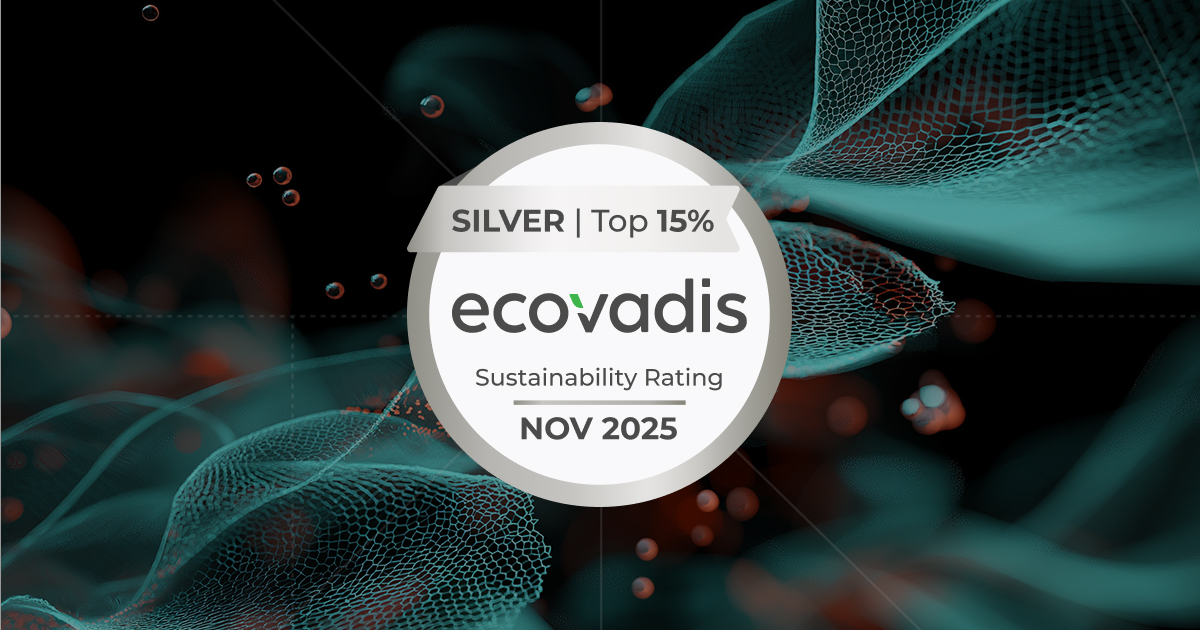It’s not a matter of sustainability anymore, but of survival. We discussed energy independence with European experts
Is energy self-sufficiency a responsibility of states, private investors or simply each and every one of us? At the June edition of Creative Talks, four speakers discussed social responsibility, the potential of green energy production and storage in Europe, and whether a future without nuclear power is even possible.


"Global climate change and energy independence through sustainable sources are obviously huge topics. But the responsibility for tackling them cannot be placed solely on governments and energy companies. We all share the responsibility. Everyone has an opportunity to do something.”
These words from German entrepreneur, mentor and strategic advisor Michael Fehn probably sum up the key message of the debate we held on June 15 in Prague as part of the Creative Talks series.
We focused on the transition to sustainable energy sources as well as energy independence from fossil fuels — and Russia. “Covid, and now the war in Ukraine, have perhaps finally taught us that the contribution of each and every person is crucial to the success of our common effort,” Fehn reflected.
In addition to Michael Fehn, other well-known names from European economic and energy community joined the discussion:
- Tomas Budnik (CZ), founder of the Thein investment group and experienced top manager of GTS, O2 and PPF fame,
- Martin Herrmann (GE), angel investor and former CEO of Innogy CZ,
- and Jan Juchelka (CZ), CEO of Komerční banka CZ.
Serge Dupaux, who oversees the quality of Creative Dock’s sales, spoke on behalf of the company, and Petr Vaclavek from Creative Dock’s innovation team hosted the discussion. Unfortunately, due to last minute changes, none of the women we invited could make it.
Does nuclear energy deserve a long-term green light?
“It may not look like it now, but the war in Ukraine will be an accelerator of green efforts in the long run,” Juchelka continued. “The resolve to move away from burning fossil fuels is strengthening, although the replacement of coal, gas, and also oils and other petroleum derivatives naturally comes with a big question mark,” he added. It’s also essential to agree on which energies are going to be considered “green”. Nuclear got the green light this year, but only temporarily. Now, we need to figure out whether a future without nuclear energy is possible. Czechia, for instance, currently has less than 1% of its GDP earmarked for green alternatives, whereas in Germany it’s over 15% — with Germany’s GDP being much higher.

Was Germany’s decision to phase out nuclear energy a mistake?
Michael Fehn adds that Czechia has a big advantage over Germany in the distribution of energy resources thanks to nuclear power. “Chancellor Merkel was under extreme pressure at the time, but in retrospect I think we can say that the withdrawal from nuclear energy was a mistake,” he puts it bluntly.
The potential of nuclear fusion and so-called small modular reactors (SMRs) for individual houses is, according to Fehn as well as the other speakers, still rather a subject of Star Wars-like movie blockbusters than something that we can rely on in real life. “If we are talking scenarios that look halfway like science fiction, the area of isolation is closer to reality,” adds Tomas Budnik. He mentions aerogel, the super-insulating material developed as a protective sheath for braking space shuttles, which is already being produced commercially. “If you wrap a boiler in aerogel, it won’t get cold. Ever.”
What are the energy sources of the future?
“I believe in hydrogen,” declares Fehn, who has been a strong supporter of this route for many years. “Hydrogen is not only an energy source, but also a relatively easy way to store electricity,” he argues. And producing hydrogen for other uses could also solve the problems of solar energy overproduction. Backup batteries might be a solution for households, but for industrial production, storing MWh or GWh is completely unrealistic in terms of cost. However, the hydrogen produced by surplus solar energy can be stored and transported by pipeline or even tankers. “Just as we transport oil quite routinely today,” explains Feehn.
B2B and B2C are two vastly different things
Tomas Budnik considers the distinction between thinking about private and industrial sector to be crucial. “Taking personal responsibility is essential, of course. Unfortunately, a large part of the population still expects someone else to solve their problems for them,” he says sceptically. On the other hand, he understands that while an individual can invest in photovoltaics, a heat pump, back-up batteries or an electric car in an effort to make the most of solar energy, “we can hardly expect anyone to start thinking about producing hydrogen at home.”
There will never be enough hydrogen for the public
“For B2B as well as sectors like public transport — trains, freight shuttle services, buses and so on — hydrogen is great. The so-called white hydrogen, pink hydrogen, grey hydrogen, there are plenty of sources. But that’s also where legislation comes into play.” Budnik cites the example of Toyota’s hydrogen forklifts, which offer a win-win solution for large operations with a surplus of solar power — redistribution of energy combined with a possibility to quickly refuel electric forklifts, eliminating long recharging times.
Martin Herrmann counters that if we talk about hydrogen on a really large scale, gas-fired power plants would need such a large volume of it to replace electricity that there would be almost nothing left for, say, cars. When it comes to private transport, he sees the further development of electric vehicles, ideally with connection to solar energy sources, as the only alternative to combustion.

Photovoltaics as the most affordable solution
In Czechia, specifically, photovoltaics will probably be the primary source of green energy in the future. However, the output is growing slowly and at this point, alternative energy sources only account for some 7% of the country’s energy mix. Still, optimising the conditions for its use would be a big help, something other countries might relate to.
Martin Herrmann summarises several current issues:
- Why is it necessary to apply for a licence (basically a trade licence for electricity production) to install a photovoltaic power plant with an output of as little as 10+ kWp?
- Why does it prove such a challenge to introduce net metering, which would allow surplus energy to be fed into the grid and then pumped out again when needed?
- Why does the current set of conditions and limits teach residents that excess energy is actually waste and nothing but a source of trouble? No wonder they have zero motivation to produce more or to conserve the energy they produce.
Further support should go into the development of electric cars as well, Herrmann says. “My car has a capacity of 65 kWh. It’s virtually this big backup battery that is also mobile. Reusing energy from cars at home is still quite rare, although it would significantly improve the balance of energy production and consumption from the solar system,” he believes.

The greatest economic opportunity of the last 100 years
The speakers mentioned a number of possibilities to accelerate the transition to sustainable sources from a European perspective, but also specifically in the Czech environment. Can we expect a revolution in the next 10 to 15 years? Probably not. Nevertheless, economist Jan Juchelka did utter some ambitious words, to the general approval: “The current crisis is a chance for the Czech economy to pave its way back to the top. We should stop competing with economies in terms of the price of labour, but rather re-enter the race for modernity and innovation, one in which we naturally belonged a hundred years ago. We need to make smart use of public and private finance, but also the best local brains and ideas. Finally, to return fully to Europe and become one of the engines of European economy and energetic innovation,” As a Czech-born company, we agree — and keep our fingers crossed.



.webp)










%20(1).jpg)































































